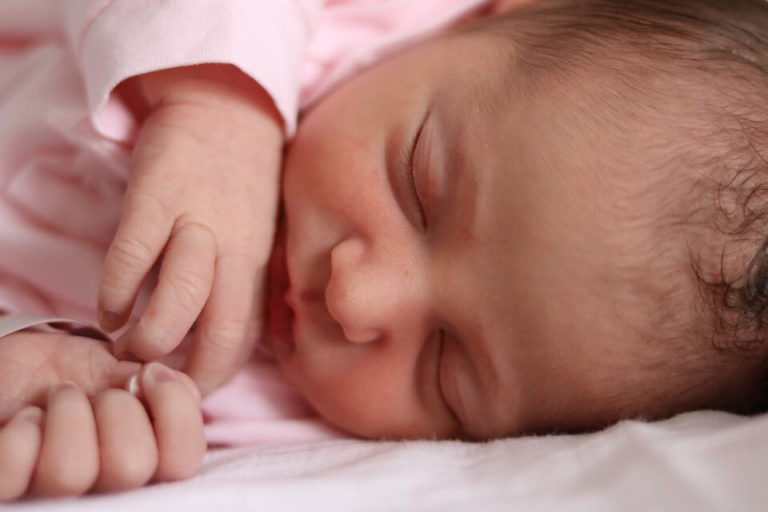True Annual Plants Die Right Back After Winter. Then We Begin Again In Spring.
Sun Needs
Partial Shade
Soil Needs
Damp
Zones
4 – 9
Height
1 – 1.5 feet
Blooms in
Mid-Spring – Late Spring
Features
Non-invasive
Wild Senna
If your garden soil has clay, the Wild Senna is a perfect fit. Growing up to 4 feet tall, Wild Senna also attracts bees, butterflies and hummingbirds. Caterpillars are also known to make Wild Senna their home before they turn into butterflies!
Sun Needs
Full Sun
Soil Needs
Well-drained
Zones
4 – 7
Height
2 – 4 feet
Blooms in
Mid-Summer – Late Summer
Features
Attracts butterflies and hummingbirds
Windflower
Similar in shape and size to the Anemone, Windflowers come in blue, indigo, violet, white and pink colors. It’s daisy-like flowers bloom in early spring, a time when little else is in season.
Sun Needs
Full Sun?/?Partial Shade
Soil Needs
Well-drained
Zones
4 – 8
Height
0.25 – 0.5 foot
Blooms in
Early Spring
Features
Deer resistant
Yarrow
The finely-textured Yarrow comes in an array of colors including red, yellow, white and pink. It also has a pleasing scent that resembles chamomile and makes for beautiful dried flowers for display.
Sun Needs
Full Sun
Soil Needs
Well-drained
Zones
3 – 10
Height
1.3 – 3 feet
Blooms in
Mid-Summer
Features
Deer resistant
Yellow Archangel
The shade-loving Yellow Archangel can grow quickly and aggressively if left unmaintained. Also, be careful not to crush this plant while growing, as the leaves can give off a faint odor.
Sun Needs
Partial Shade?/?Full Shade
Soil Needs
Well-drained
Zones
3 – 9
Height
1 – 2 feet
Blooms in
Late Spring – Early Summer
Features
Deer resistant
Yellow Loosestrife
The Yellow Loosestrife loves moisture and damp soil, but be careful not to let this plant go ignored. It’s known to self seed and spread rapidly. When maintained, Yellow Loosestrife adds a bright pop of yellow and grows as tall stalks.
Sun Needs
Full Sun?/?Partial Shade
Soil Needs
Damp
Zones
3 – 9
Height
1.5 – 3 feet
Blooms in
Mid-Summer – Late Summer
Features
Good for cut flowers
Zinnia
The classic Zinnia is easy to grow and provides vibrant red, orange, yellow, violet white or pink blooms. Lasting from the summer into mid-fall, Zinnias attract butterflies and hummingbirds.
Sun Needs
Full Sun
Soil Needs
Well-drained
Zones
2 – 11
Height
0.5 – 2.5 feet
Blooms in
Mid-Summer – Mid-Fall
Features
Good for cut flowers
True Annual Plants Die Right Back After Winter. Then We Begin Again In Spring.
Annual Plants with Perennials in Summer Garden.
Perfectly Planned Garden Of Perennials With Annual Flowers Filling the Gaps.
From the late Col Campbell (Gardening Australia) about annual plants: “Botanically speaking, annuals are plants that germinate, flower and die in one year. Of course, that puts most vegetables in the same category, but when we refer to annuals, it’s usually about flowering ornamental varieties – the ones we use to drag our gardens out of the winter doldrums and remind us that spring is really here”.
True annual plants die right back after their flowering cycle finishes and they have served their purpose ie. they have produced seeds for the next generation, and are unable to live beneath the ground until the next spring – unlike the bulbs. Some examples of Annuals are Pansies, Asters, Delphiniums, Poppies, Snapdragons and Carnations. Some of these annuals can be planted earlier than I ever thought possible. See Hardy Annuals and more about Annuals to Plant in Spring on the Names of Spring Flowers page.
Note: in the centre of the above photo, you can see the beautifully integrated silver-grey of the Dusty Miller plant which is actually a member of the Daisy family. It is used in garden design to show off annuals and perennials in some very beautiful gardens.
List of Pages About Annual and Perennial Plants.
Agapanthus
Ageratum
Begonias
Chrysanthemum Flower
Cosmos Flowers.
Daisy Flower
Daphne odora
Dusty Miller
Forget Me Nots
Foxgloves
Gerberas and other Daisies
Hollyhocks
Iris Flowers
Marigolds
Nasturtiums
Nigella Flower
Oriental Lilies
Portulacas (Moss Roses)
Ranunculus
Spring Bulbs
Sweet Peas
Zinnias
Red Begonias, Violets and Coneflowers.
Perfect Colour Complements. Red Begonias, Violets and Yellow Coneflowers.
Scroll down to see a list of all my favourite Annual Plants, and also Annuals you can grow in Australia as well as great Winter Flowers for Australia.
If you love Petunias and it’s too cold to grow them, then the amazing new hybrid is for you. It’s called ‘Below Zero’ and has finally arrived after ten years of experiments. If you are looking for Winter Flowering Plants and those for Australia, they are now on their own page. Winter Blooming Plants.
Annuals Underground.
Bulbs come in various forms (true bulbs, corms, rhizomes, tubers and tuberous roots) and begin to grow by themselves after winter because their underground storage systems contain all the food they need for the winter. They are some of the showiest plants of all in spring and summer and even autumn. While bulbs are really perennials because they stay underground for the winter, they are always our ‘annual’ delight which we look forward to every year. Read about bulbs and other clever ways of getting through the Winter.
Beautiful garden of annual plants.
The Ideal Annual Mix.
99Simpan
Biennial Plants.
Biennials have another type of cycle. They complete their whole life cycle in two years. The first year is devoted to growing the stems, roots and leaves, and then the flowers and seeds appear and develop in the second year. That’s amazing. Examples of biennials are: Hollyhocks, Foxgloves, Forget-Me-Nots, Campanulas, Dianthus, some Poppies and Salvias (and many vegetables).
If you plant them at just the right time you can have some annuals flowering in each season, each taking their turn. So many types of flowers overlap with definitions depending on where you get your information, so unless you have to be ‘specific’ for study purposes, it’s fine to call a biennial an annual and vice versa.
Hollyhocks, for instance, are often called annuals and perennials but most are really biennials. Delphiniums are a type of Ranunculus which may grow as an Annual Plant, a biennial or a Perennial. The Chinese Delphinium (Delphinium Grandiflorum) is a biennial.
Herbaceous Plants.
Nasturtium – Tropaeolum
Nasturtiums. Cheerful and delicious Herbaceous Plants.
Herbaceous Plants are often confused with true annuals. Herbaceous plants, as opposed to woody plants, have soft stems and leaves and die down to ground level – but no further – during the colder months.
Annual Herbaceous Plants are those which include all the true annual plants which we have to plant again each year from seed. They die completely each year after flowering and must be regrown from seed once more. These are the ones which gives us so much joy in the winter – as we pore over the seed catalogues once more. Love it! Some of these are the Aster, Zinnia, Calendula, California Poppy, Swan River Daisy or Brachyscome (an Australian Native) and the Larkspur (Delphinium), although this also has perennial forms.





